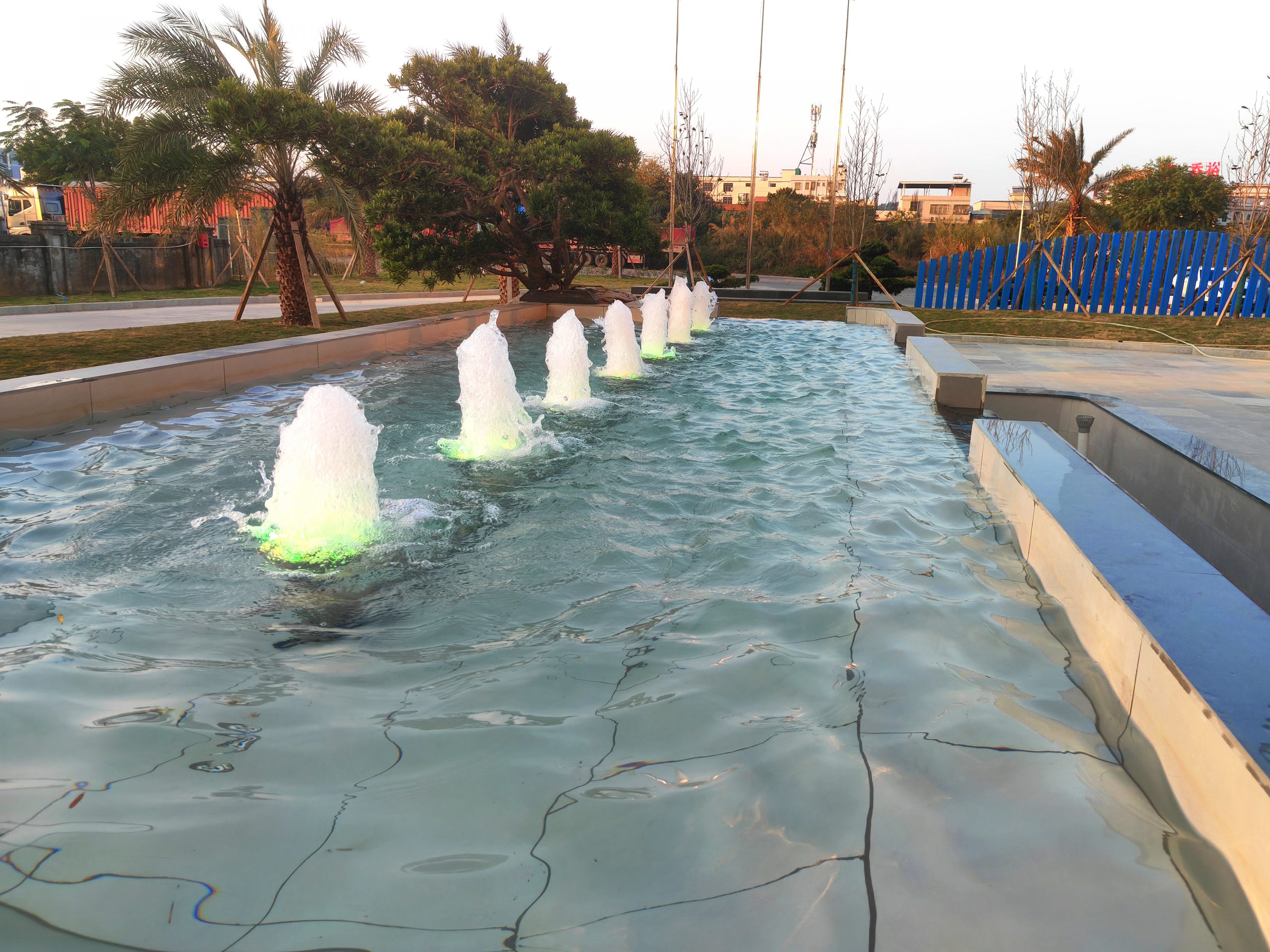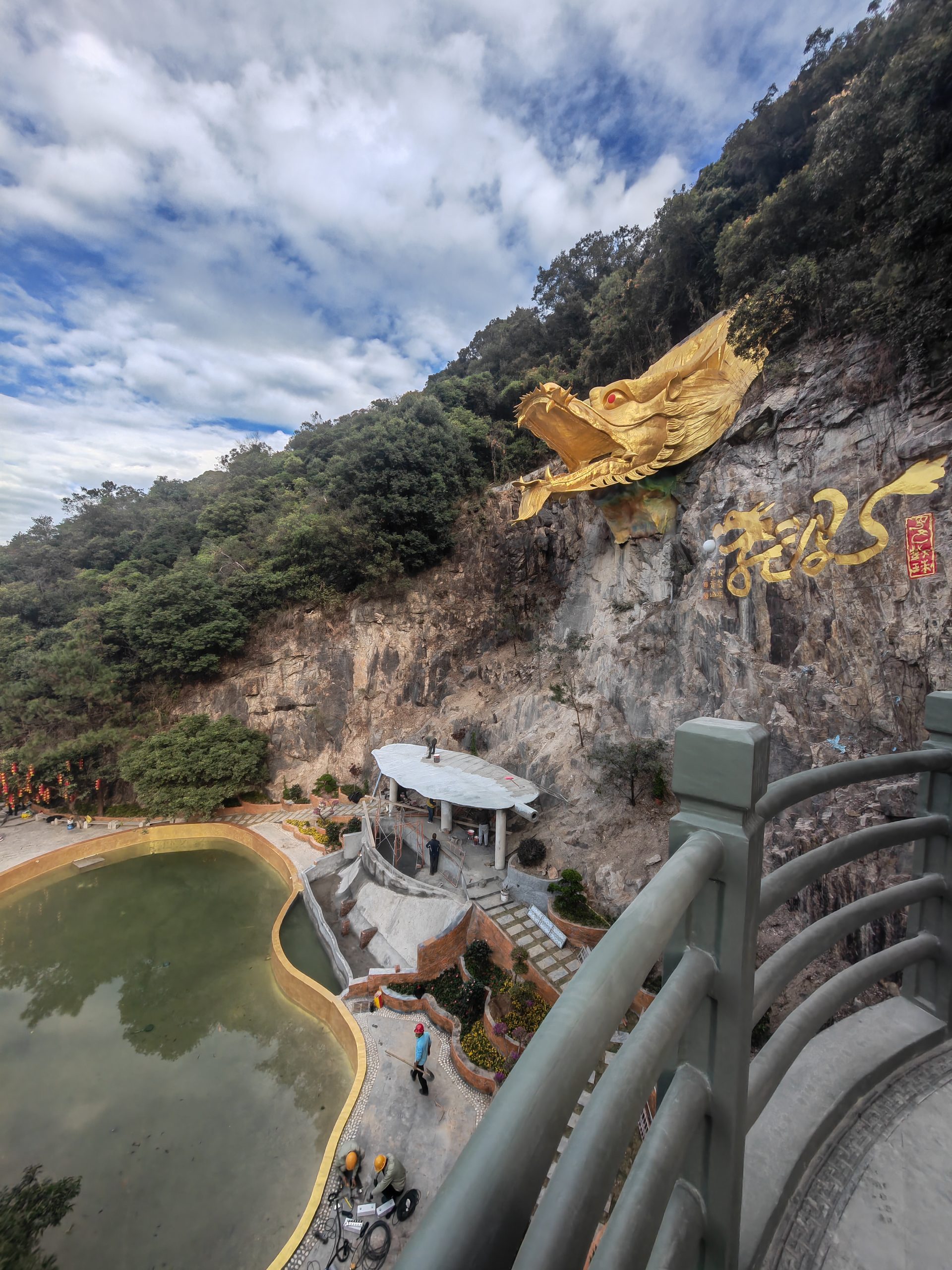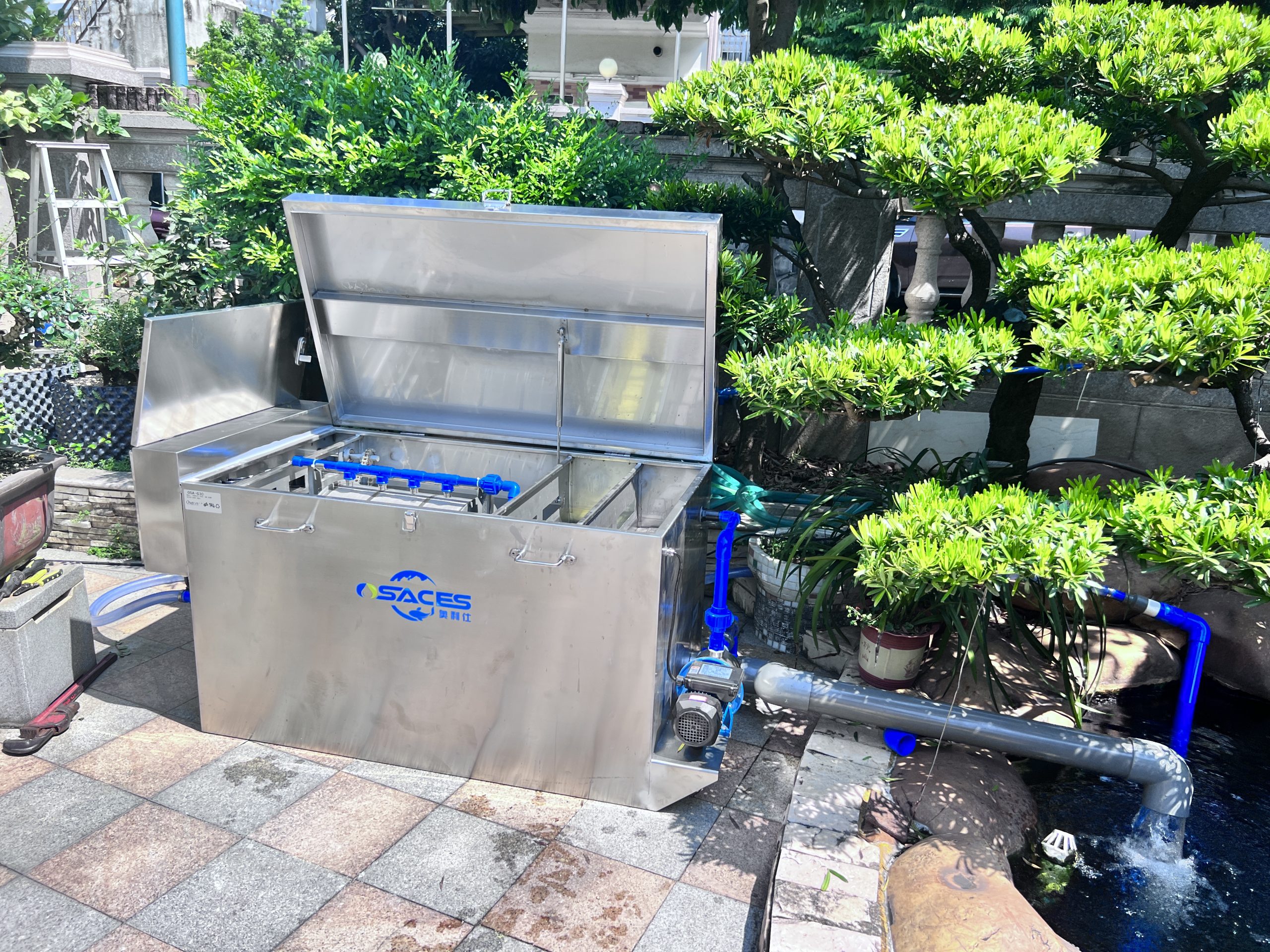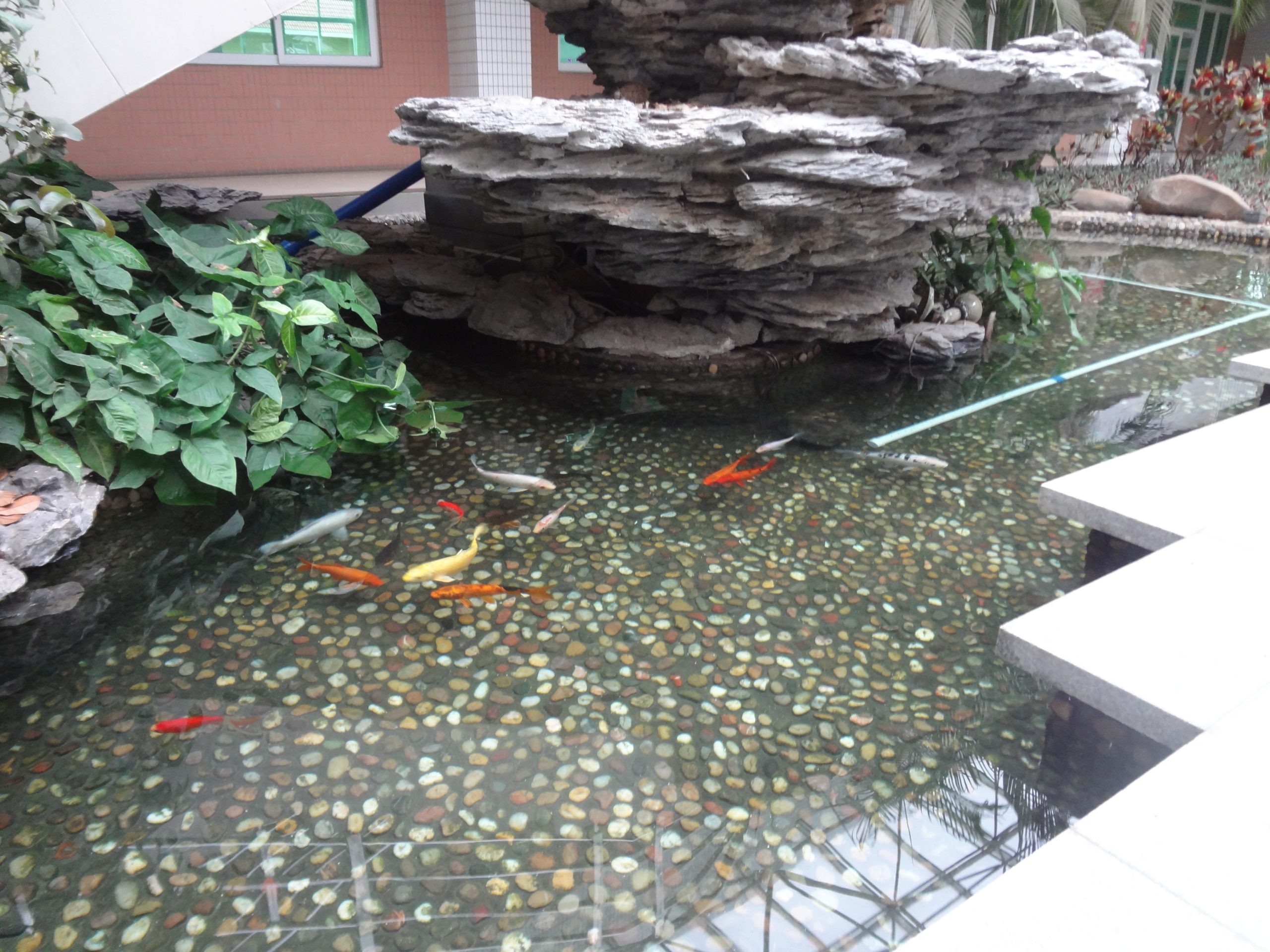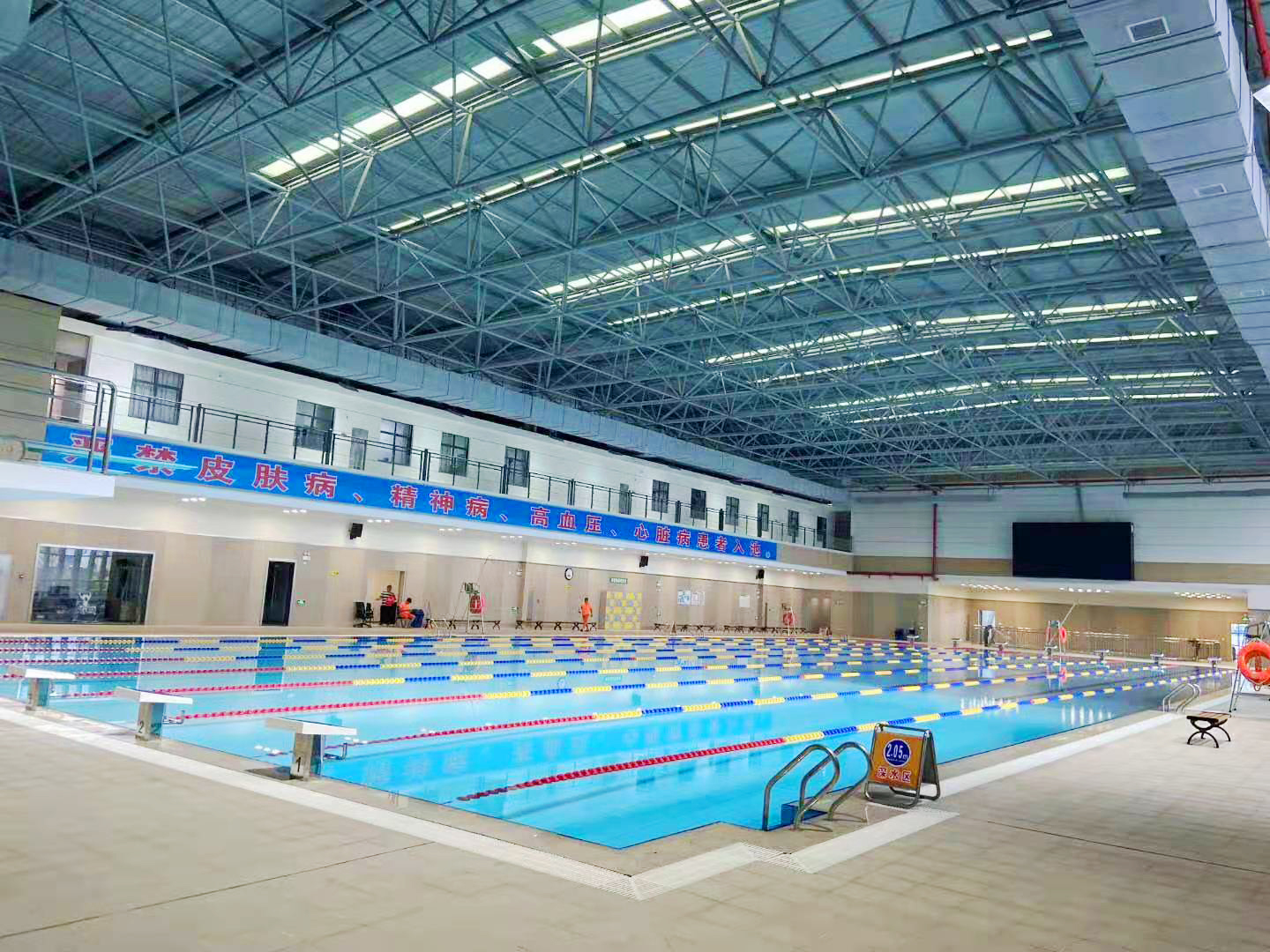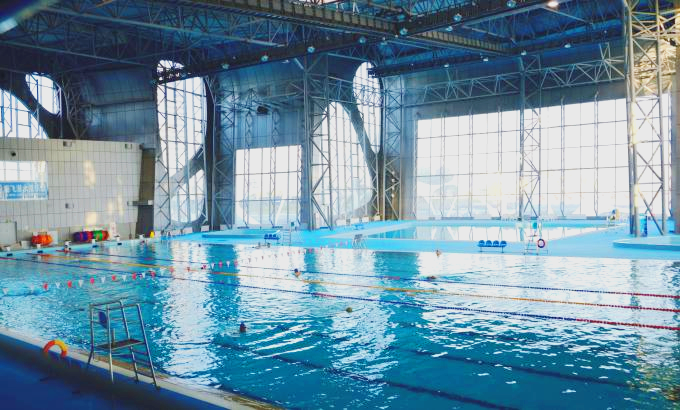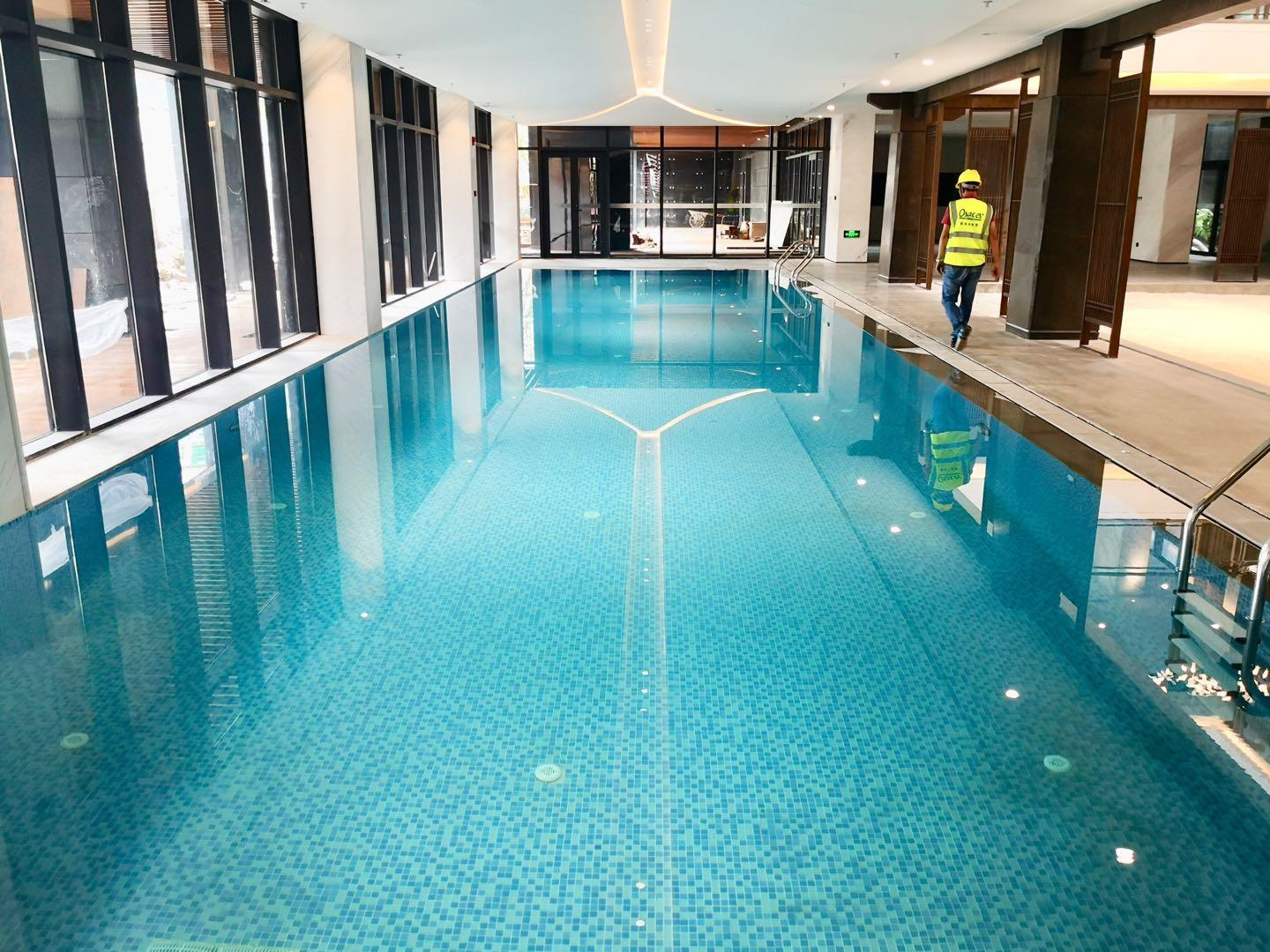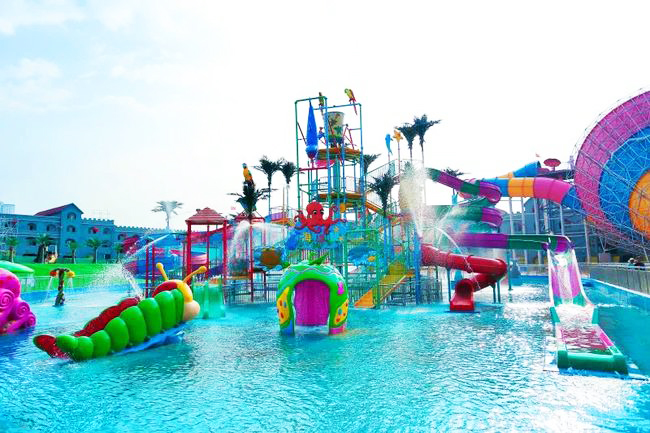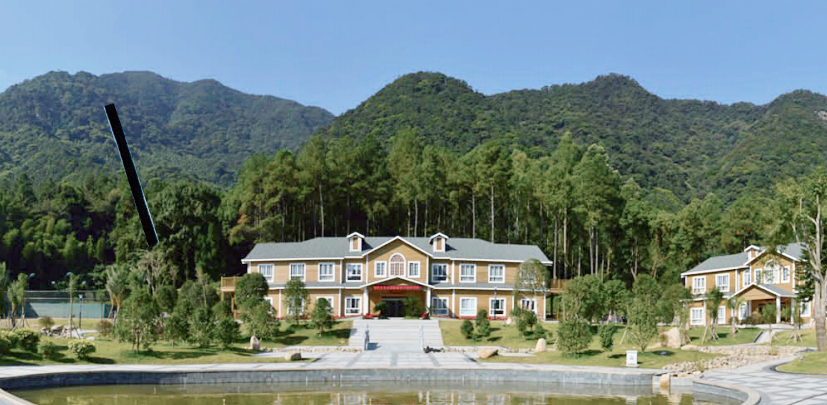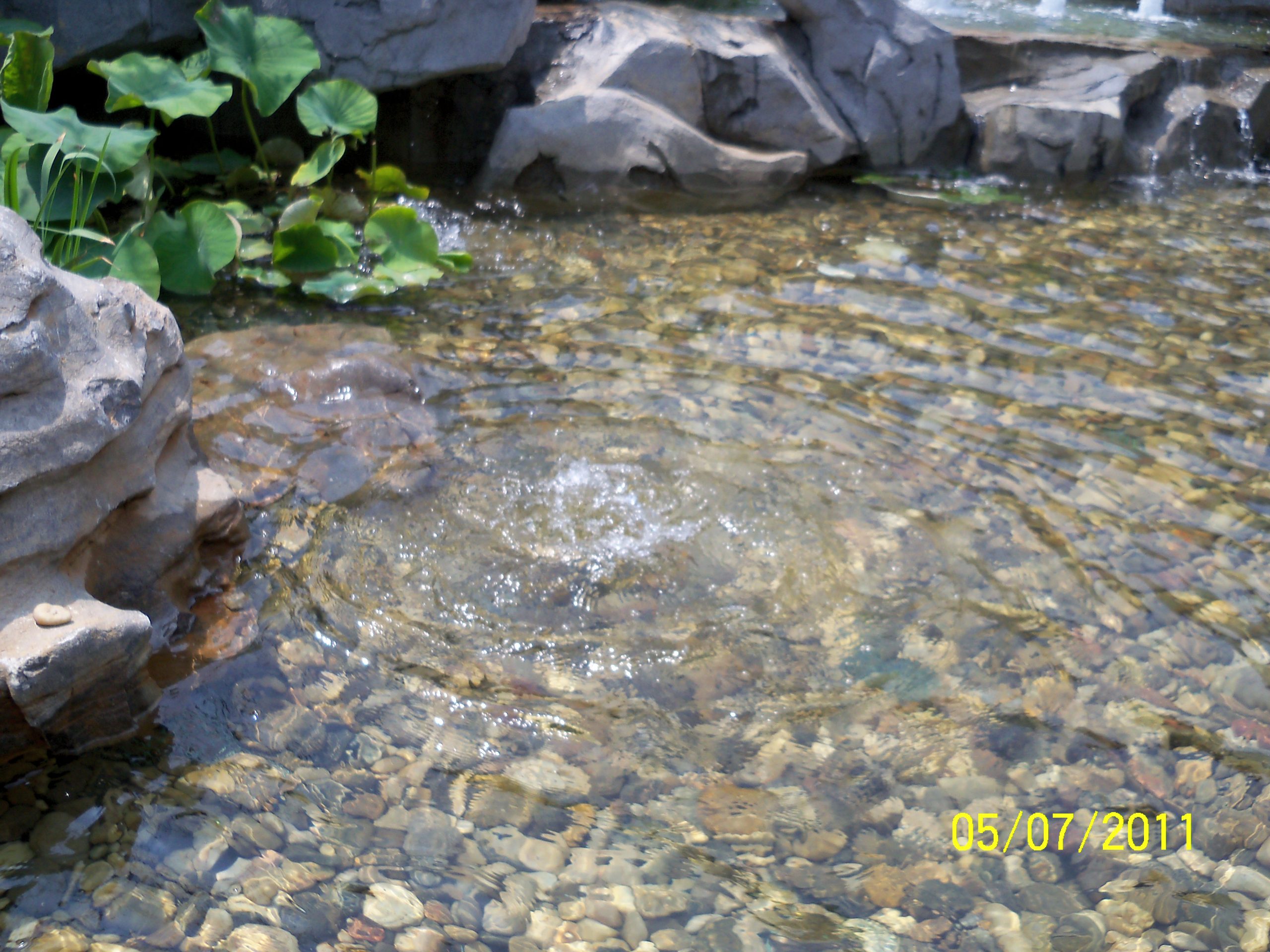News Center
contact details
 Ollies (Guangzhou) Recreation and Sports Equipment Co.
Ollies (Guangzhou) Recreation and Sports Equipment Co.Tel: (020) 82686289
Fax: 020-82694853
Headquarter: No.31-37, Xincun 2 Road, Shangjiang North Street, Dongzhou Village, Xintang Town, Zengcheng City, Guangzhou, Guangdong, China
Fish pond filtration system principle analysis
Before Ollies editorial introduced several common filtration methods, such as: physical filtration, biochemical filtration, circulation filtration, sedimentation filtration and traditional overflow filtration, etc., and these several filtration methods are not just the name of the different, the principle is also different.
I believe that those who like to keep fish have some understanding of filtration and know very well that these filtration methods must be used in conjunction with each other, and that the effect of using one of them alone will be very small. So what kind of filtration system can be more effective and hassle-free for fish lovers who usually keep Koi as a hobby?
physical filtration
That is, we usually use the surface filtration, that is, that some of the solid impurities visible to the naked eye to remove, or isolate, itsCharacterized by interception and precipitation. Physical filtration of most filtration equipment is water through the filter's filter media (brushes, biochemical cotton) when the solid suspended matter in the water is intercepted and thus precipitated in the box, due to the box can hold impurities or garbage space is limited, so you need to manually clean and drain the filter on a regular basis, to ensure the filter continues to operate and the final effect and its own performance.
Biochemical filtration
Biochemical filtration is to convert harmful bacteria in the water body due to spoilage and fermentation of koi's feces into nitrates (nitrates can be discharged with water changes). This type of filtration inhibits the growth of various algae in the water and prevents the water from becoming green and smelly. The materials used are mainly ceramic rings, volcanic stones, activated carbon, nano-bacteria balls, etc.,...It is characterized by providing the necessary conditions for the survival and reproduction of biochemical filter media (ecological filtration media such as bacterial houses, bioballs, ceramic rings, etc.), aerobic and anaerobic bacteria in the chamber.Balances PH and ammonia levels in pool water.Whether the biochemical filtration is powerful or not depends on the quality of the biochemical filtration material, good quality biochemical filtration material provides sufficient respiratory conditions for the reproduction of nitrifying bacteria, and establishes a good and suitable ecological cycle environment for the survival of fish.
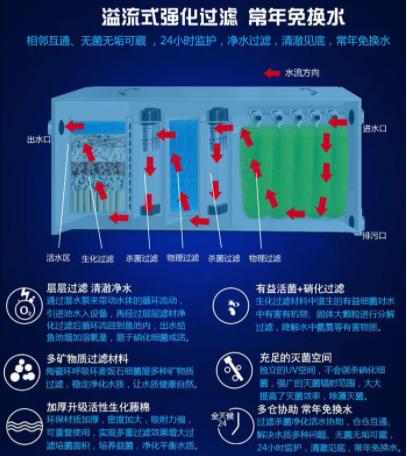
As shown in the picture, the integrated filter is designed with multi-compartment purification compartments, which can be placed with many different types of advanced filtration materials, and after multiple filtration such as physical filtration, biochemical filtration, sterilizing, and etc., the water body will be healthy, clean and translucent.
ultraviolet sterilization
This is usually done by installing a UV germicidal lamp unit to sterilize and inhibit algae.
However, the following points should be noted during use:
-
First, the germicidal lamp will not harm the nitrifying bacteria in the water body, its role is to kill the bacteria floating in the water, and the nitrifying bacteria are mainly attached to the filter media. Only attached to the filter media nitrifying bacteria can play the effect of biological filtration, and not successfully attached to the filter media nitrifying bacteria will not play a role in purifying the water.
-
Secondly, germicidal lamps do not need to be used for a long time, because the special material of germicidal lamps determines the service life of germicidal lamps is not as long as ordinary fluorescent lamps, and a few hours of daily use is enough, and it is best to use germicidal lamps and fluorescent lamps separately, because the use of fluorescent lamps is exactly the best time for the algae to reproduce vigorously.
-
Thirdly, try to avoid using germicidal lamps at the same time as medications, as the light waves emitted by germicidal lamps may have a chemical reaction with the medications we use on tropical fish.
The correct use of germicidal lamps: In order to make the germicidal lamp to play the best effect, we should make the water slowly flow through the germicidal lamp irradiation, water flow too fast will make sterilization is not complete, in the water flow through the germicidal lamps should be the first water flow to the filtration system, because the germicidal lamps can be converted to nitrate in the water into highly toxic nitrites, and nitrites after biological filtration will be converted back to nitrate, so we are using the When the germicidal lamp is used, the sterilized water should be allowed to flow into the filtration system.
Related content
- Ministry of Ecology and Environment Releases Scoring Rules for Water Ecology Assessment Indicators in the Yangtze River Basin (for Trial Implementation)
- Homeostatic regulation of fish pond water quality: a systematic solution based on nitrification kinetics and nutrient thresholds
- Koi Pond Maintenance and Protection Guide during the Rainy Season | The Veteran Driver's Handbook of Dampness and Disease Prevention
- Pool water circulation system maintenance guide, goodbye to cloudy water quality to create four seasons of translucent "liquid sapphire".
- From zero to professional: a complete guide to pool equipment configuration that even a beginner can understand
- The Golden Ratio of Swimming Pool Ventilation and Dehumidification Systems: The Balancing Act of Airflow, Humidity and Energy Consumption
- Specific benefits of dehumidifiers for new swimming pools

